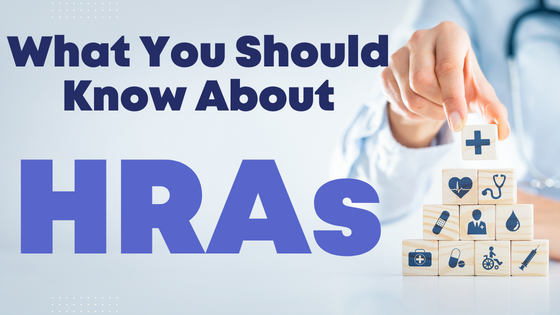
Many reports or tools have more than one name. As a reminder, your profit and loss statement is also sometimes referred to as: P&L, Income Statement, IS, Statement of Earnings, or Statement of Financial Performance.
For this discussion, we’ll be using the term “P&L”.
For most business owners, the P&L will be the most powerful report in their financial toolbox because it reveals the profitability of a business.
WHAT IS A P&L REPORT?
A P&L report can be generated for any desired time period; most business owners run a P&L report at the close of each month, each quarter, and each fiscal year. For each of the periods the report is run, the report is typically run for – and compared to – the same period for the previous fiscal year. This allows business owners to have a year-over-year review of profitability at any given point in time.
At its most basic, the P&L report measures how much money flows into – and out of – your business during a specified period of time.
Timing Matters!
The value of the P&L is highly dependent on the time period selected when the report is run. For example, if you have monthly payroll that is paid out on the 15th and 30th of each month and you run your P&L on the 29th, it will not be a good reflection of your profitability for the month.
Data for the P&L “resets” at the beginning of each fiscal year. If, like many businesses, your fiscal year ends on 12/31/18 all of your P&L accounts will reset to $0 beginning 01/01/2019.
WHAT IS INCLUDED IN THE P&L REPORT?
A P&L report includes the following fields:
- Revenue
- Cost of goods sold (COGS)
- Gross profit (revenue, less cost of goods sold)
- Operating expenses (rent, payroll, office supplies, etc.)
- Other Income (not related to main business)
- Tax expenses
- Net income (the “bottom line” for the business)
You can see these categories in the sample below:

A P&L statement is always ordered in this fashion, so once you become familiar with the categories and what’s included in them you can easily digest any P&L statement for any period of time.
FAQ: What’s the difference between Cost of Goods sold and Operating Expenses?
A: Both cost of goods sold and operating expenses are money outflows (expenses) to the business, so there is often confusion around proper classification between each category. The key difference between the two is that Cost of Goods Sold is an expense DIRECTLY associated to the sale of a product or service. For example, a clothing shop may sell a sweater and get $100 for it (this is revenue – money inflow). But the COST to the business for that sweater was $45 (what they paid the wholesaler). Therefore, the $45 is a Cost of Goods Sold. The same shop has expenses that are part of doing business (rent, labor costs, internet, business licenses, etc.), and those costs are considered “operating expenses”.
WHY SHOULD YOU PREPARE A REGULAR P&L REPORT?
As mentioned earlier, the P&L is one of the most important reports to run in your business. The reasons are many. The P&L report for your business:
- Indicates profitability. None many of us want to run a non-profitable business.
- Can show seasonality in your business, helping you identify trends on which you can capitalize.
- Can help you plan for tax payments (simplified: profit x estimated tax rate = estimated tax payments)
- Is analyzed by investors who are considering investing in your company.
- Is reviewed by banks if you are in search of financing.
- In concert with other reports, provides an overall picture of the financial health of your business.
HOW OFTEN SHOULD YOU RUN A P&L REPORT?
Because your goal as a business owner is profitability and the P&L helps you determine this, it’s a good idea to run the report monthly. Although throughout the year you will want to pull quarterly and year-to-date reports as well to track progress towards goals and use the information to help make decisions for your business.
If your business pays taxes on a monthly or quarterly basis, you’ll definitely want to run your P&L to match those tax periods to see what your revenue is for the taxable period.
In our next post we’ll be looking at two final reports that are critical for your business – the Budget vs. Actual report, and the AR & AP Aging Report.
Disclaimer: This blog and the linked videos are intended for educational purposes and should not be taken as legal or tax advice. You should consult with your financial professionals about your unique financial situation before acting on anything discussed in these videos. Clara CFO Group, LLC is providing educational content to help small business owners become more aware of certain issues and topics, but we cannot give blanket advice to a broad audience.






